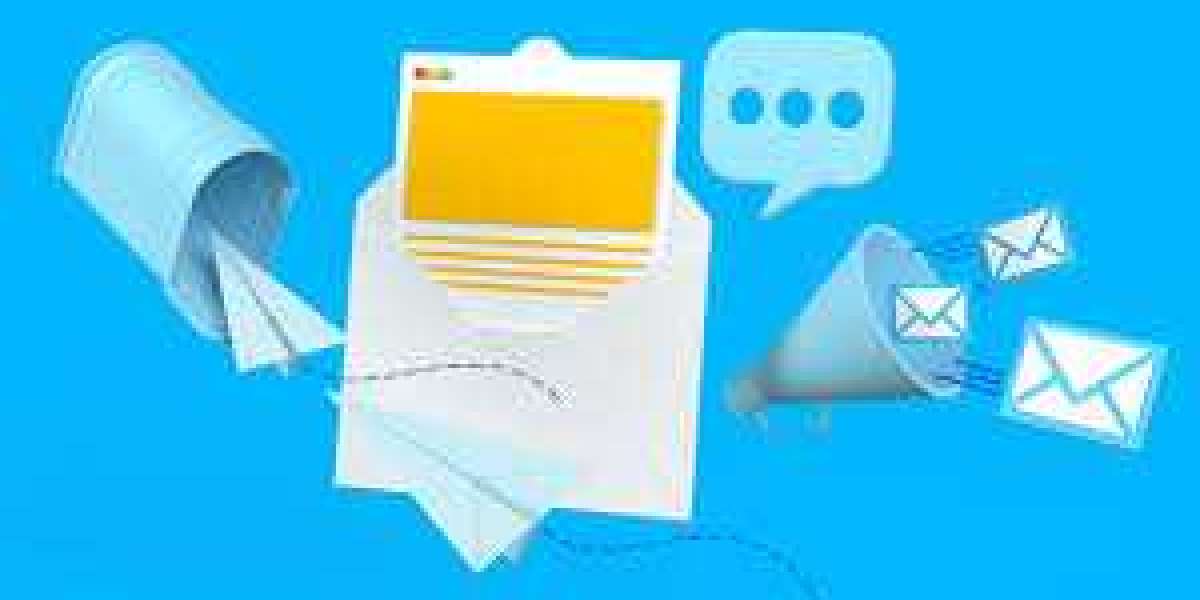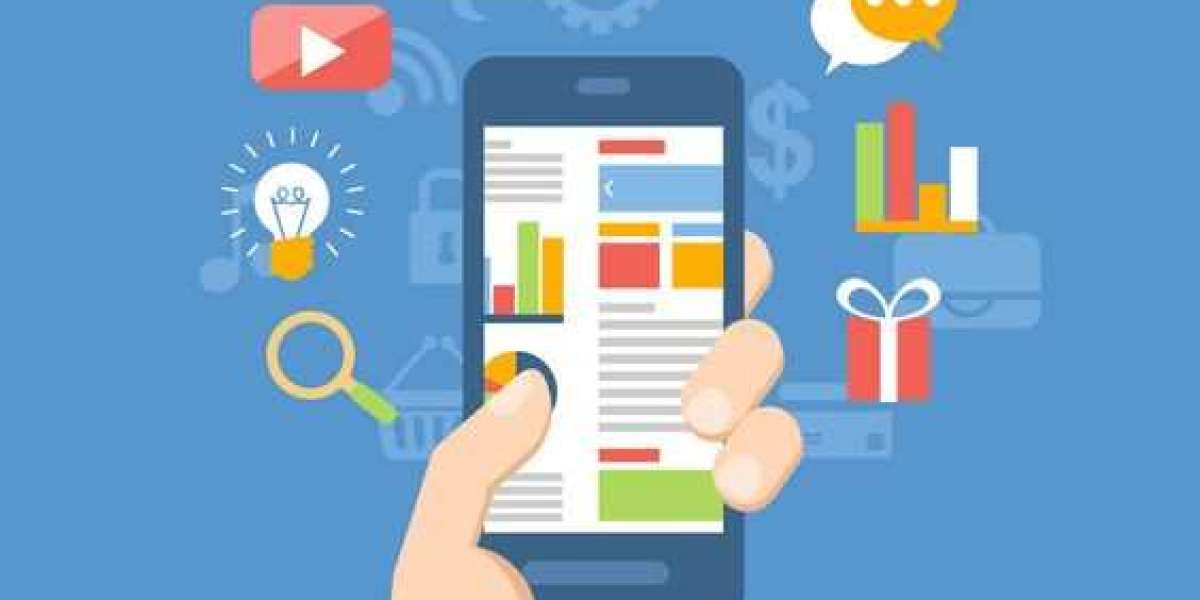1. Segment Your Email List for Targeted Campaigns
Segmenting your email list allows you to send tailored messages to different donor groups based on their interests, donation history, or engagement level. By categorizing donors into segments such as new donors, recurring donors, high-value donors, and lapsed donors, you can craft personalized messages that resonate with each group’s unique motivations and preferences.
- New Donors: Welcome them with a heartfelt thank-you message and an introduction to your organization’s mission and impact.
- Recurring Donors: Update them on the progress of projects they’ve supported and share success stories.
- High-Value Donors: Provide exclusive content, behind-the-scenes updates, and invitations to special events.
- Lapsed Donors: Re-engage them with stories of recent achievements and how their past contributions made a difference.
2. Craft Compelling Subject Lines
The subject line is the first impression your email makes. A compelling subject line can significantly increase your open rates. Aim to create subject lines that are intriguing, clear, and action-oriented.
- Examples:
- “Your Support Transformed Lives – See How!”
- “Exclusive Update: The Impact of Your Generosity”
- “Don’t Miss Out: Upcoming Events Opportunities”
3. Personalize Your Email Content
Personalization goes beyond using the donor’s name. It involves creating content that addresses their interests and past interactions with your organization. Use data from previous engagements to craft messages that are relevant and meaningful.
- Personalized Greetings: Address donors by their first name and mention their past support.
- Customized Content: Share updates and stories that align with the donor’s specific interests or past donations.
- Dynamic Content Blocks: Display different content based on the recipient's segment or preferences.
4. Include Clear and Compelling Calls-to-Action (CTAs)
Every email should have a clear objective and a compelling call-to-action. Whether it's making a donation, attending an event, or volunteering, your CTA should be prominent and persuasive.
- Examples of Effective CTAs:
- “Donate Now to Help Us Reach Our Goal!”
- “Join Us at Our Annual Gala – RSVP Today!”
- “Volunteer Your Time and Make a Difference!”
5. Optimize for Mobile Devices
With a significant portion of emails being opened on mobile devices, it’s crucial to ensure your emails are mobile-friendly. Use responsive design to ensure your emails look great on all screen sizes.
- Best Practices:
- Use a single-column layout for easy reading on smaller screens.
- Ensure fonts are legible and buttons are easy to click.
- Test your emails on various devices before sending.
6. Utilize Engaging Visuals and Multimedia
Incorporating visuals such as images, videos, and infographics can make your emails more engaging and visually appealing. Use high-quality visuals that reflect your organization’s mission and impact.
- Types of Visuals to Include:
- Impactful Photos: Show the difference donations have made.
- Videos: Share stories from beneficiaries or highlights from events.
- Infographics: Display statistics and results in an easy-to-digest format.
7. A/B Test Your Email Campaigns
A/B testing involves creating different versions of an email to see which one performs better. Test elements such as subject lines, CTAs, visuals, and email copy to determine what resonates most with your audience.
- Examples of A/B Tests:
- Test different subject lines to see which generates more opens.
- Compare CTAs with different wording to find which drives more clicks.
- Evaluate different email designs for engagement rates.
8. Monitor and Analyze Campaign Performance
Regularly review your email campaign metrics to understand what’s working and what needs improvement. Key metrics to track include open rates, click-through rates, conversion rates, and unsubscribe rates.
- Tools for Analysis:
- Email Marketing Platforms: Use built-in analytics to monitor performance.
- Google Analytics: Track how email traffic contributes to your website goals.
- A/B Testing Results: Analyze which variations performed best.
9. Foster a Sense of Community
Engage donors by creating a sense of belonging and community through your emails. Share stories of how their support has made an impact, celebrate milestones, and involve them in your organization’s journey.
- Community-Building Strategies:
- Spotlight Stories: Feature donor stories or testimonials.
- Milestone Updates: Share achievements and progress towards goals.
- Interactive Content: Include surveys or polls to gather feedback and opinions.
10. Ensure Compliance with Email Marketing Regulations
Adhering to email marketing regulations such as the CAN-SPAM Act or GDPR is crucial to maintaining trust and avoiding legal issues. Ensure your emails include an easy way for recipients to unsubscribe and that you handle personal data responsibly.
- Compliance Tips:
- Include a clear unsubscribe link in every email.
- Provide a physical address for your organization.
- Obtain explicit consent before sending marketing emails.
Conclusion
Bulk email marketing, when executed with strategy and care, can be a powerful tool to engage with donors, enhance relationships, and drive support for your organization. By segmenting your audience, personalizing content, using compelling CTAs, and adhering to best practices, you can create effective email campaigns that resonate with your donors and achieve your fundraising goals.
About Us:
"SpaceEdge Technology" appears to be a term that might refer to a company, concept, or technology related to space exploration or utilization. However, without further context, it's challenging to provide specific information.








